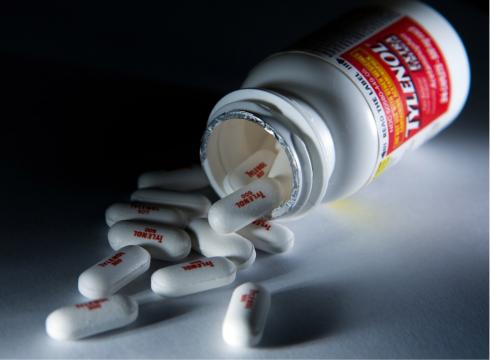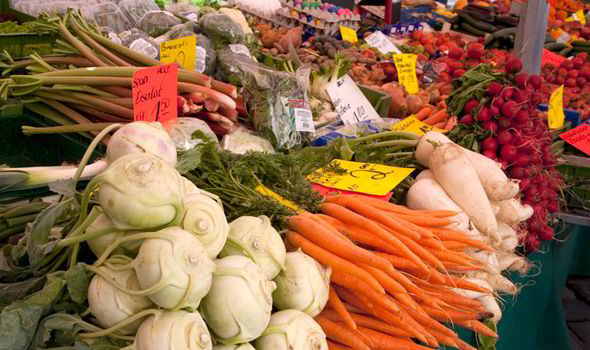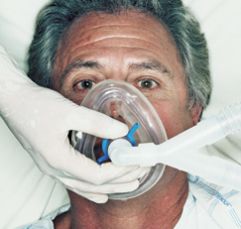
by admin | Aug 20, 2013 | Natural Facts
Beat acid reflux with these home remedies By Jane Wilkens Michael | Posted August 20, 2013 on SPRY Acid indigestion is not normally considered a life-threatening illness. In the old days they just called it heartburn. My Aunt Ruby used to frequently get it after she...

by admin | Aug 17, 2013 | Prescription Drugs
When most people think of Tylenol (acetaminophen), they consider it a gentle pain reliever — safe enough for their children to take. Here’s the reality: Every year acetaminophen is the reason for over 100,000 calls to poison control centers, 50,000 emergency room...

by admin | Aug 13, 2013 | Healing Food Facts
Peas come in three different varieties: garden, snow, and snap. The history of the pea is unknown, although it is believed that they originated in the Middle East and moved to Central Asia. Centuries of cultivation were required in both Europe and Asia to create the...

by admin | Aug 13, 2013 | Natural Facts
Introduction Alzheimer’s disease (AD) is a degenerative brain disorder associated with progressive deterioration of memory and cognition. In the United States, Alzheimer prevalence is now estimated to affect about 20% of individuals in the 75–84 years group and 42%...

by admin | Aug 12, 2013 | Natural Facts
Easy ways to bounce back quickly… Most adults are familiar with that woozy state that occurs after undergoing anesthesia for surgery or even a screening procedure such as colonoscopy. In most cases, the aftereffects of the anesthetic wear off within a few hours. But...








